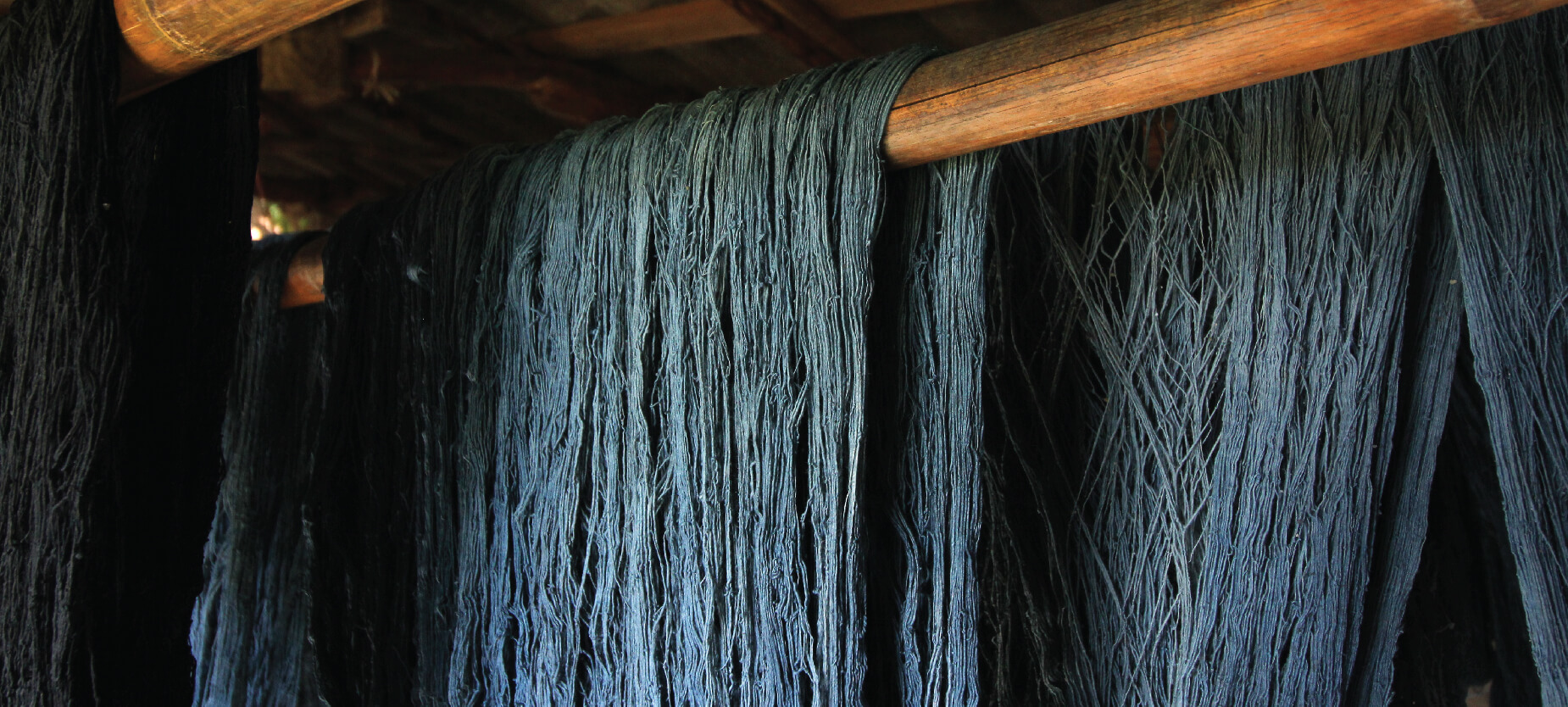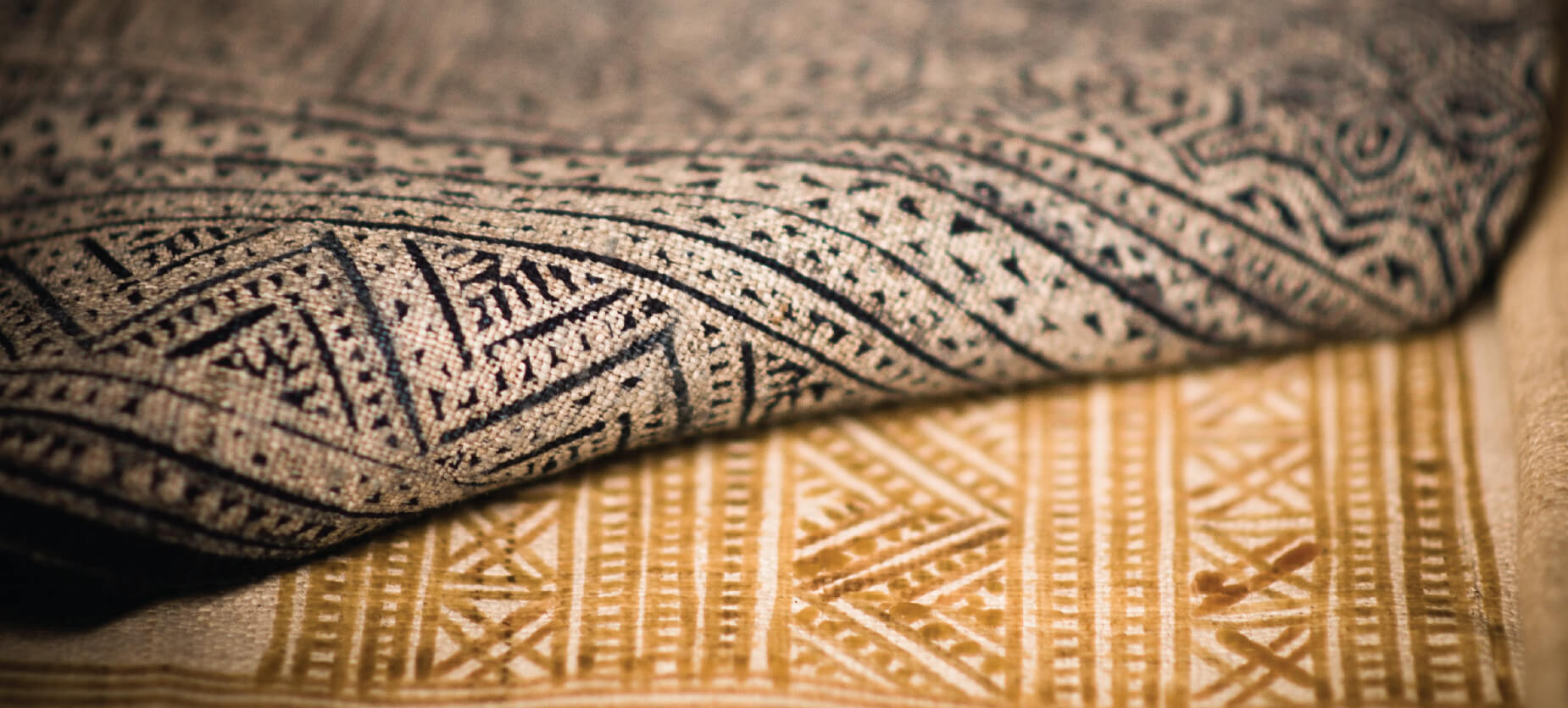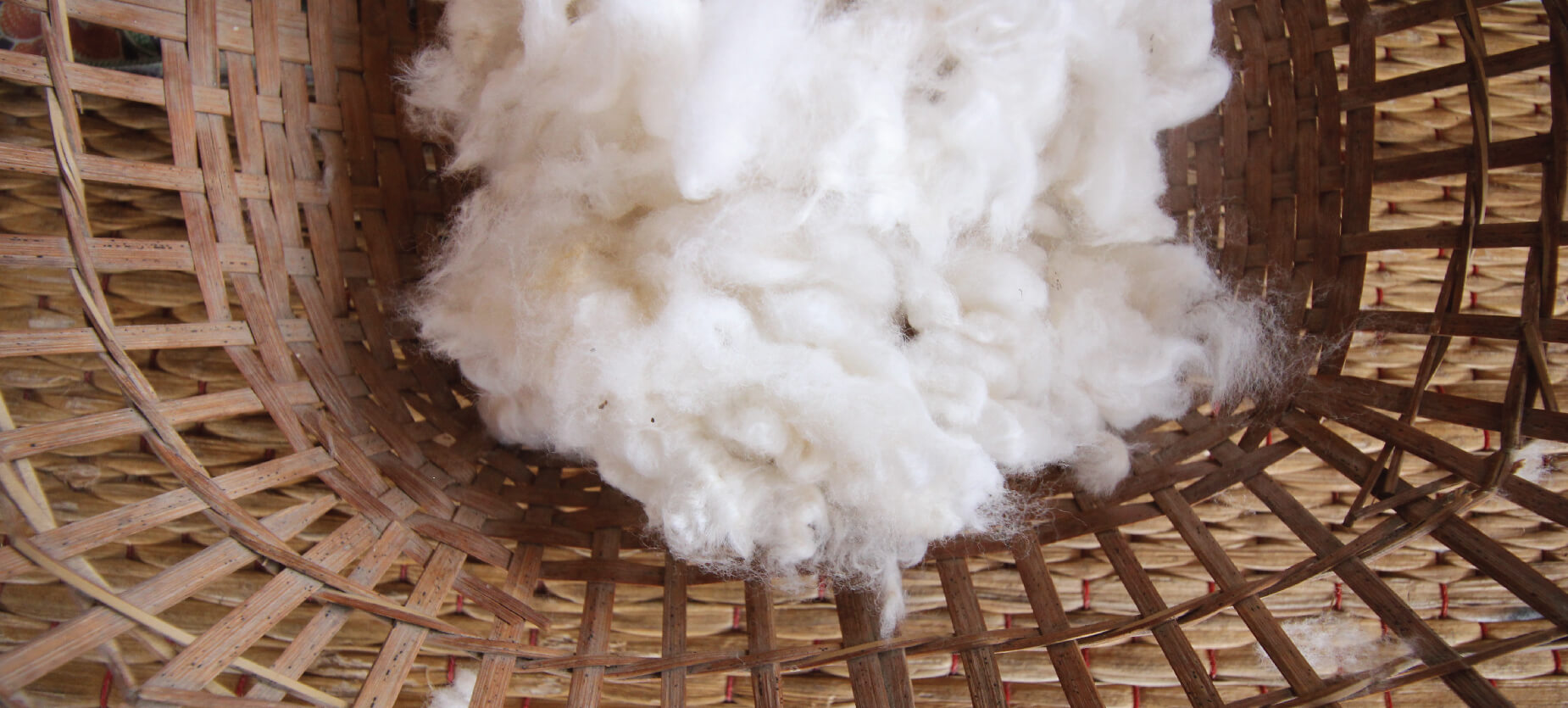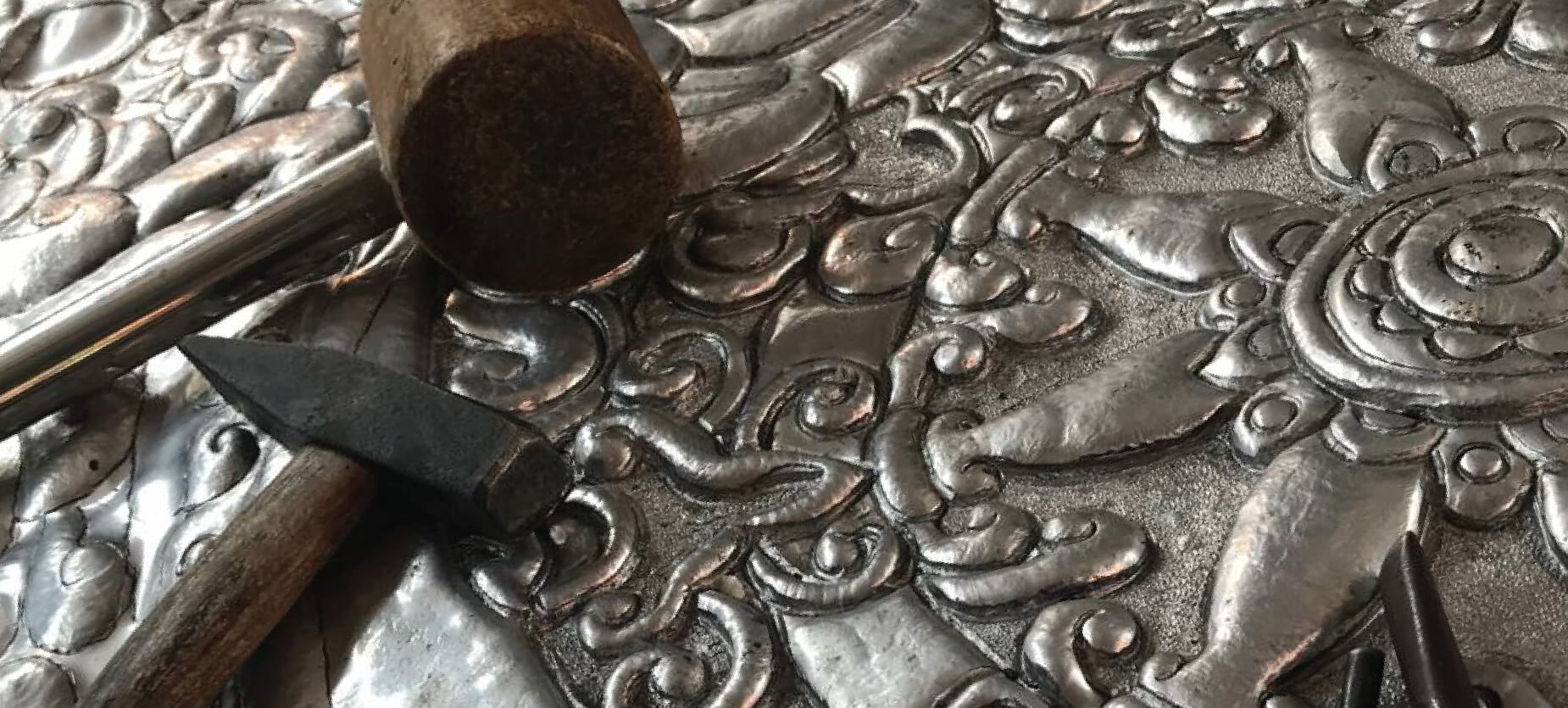We use cookies to personalize your experience. By continuing to visit this website you agree to our use of cookies. Learn more about privacy policy
The story of ‘pad bai laan’

The special folded metal technique employed by the designers evokes the beauty of the ‘pad bai laan’, a palm leaf fan used by northern Thai monks in religious ceremonies. There are many interesting stories and legends connected to the ‘Talapatra’ palm leaf fan, and how it became such an important part of Buddhist ceremonies, shielding the monks’ face while chanting or giving a sermon. One simple Lanna folk tale has it that the ‘talapatra’ originated with the handsome disciple of Lord Buddha called Sangkatjana. Because of his impressively good looks, women fell in love with him at first sight. When he realized that his appearance was proving to be an obstacle to transmitting his message, he decided to transform himself into an unattractive, obese monk to draw attention away from his looks and back to his teaching. According to the legend, it was at this same time that monks began to hide themselves behind palm leaf fans locally known as ‘pad bai laan’, so that followers would concentrate on their religious sermons, and not on the physical appearance of the monks.
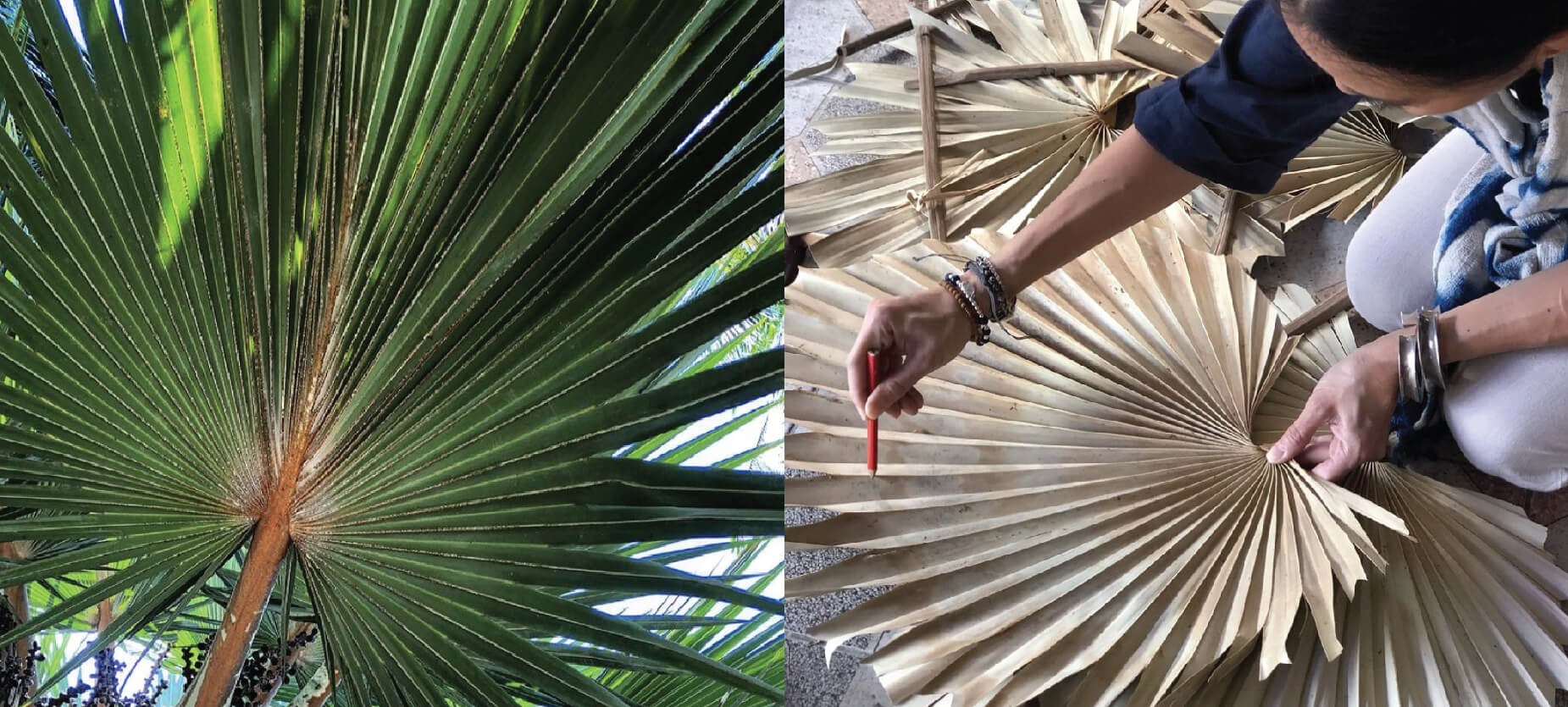
The Fan Palm plant itself (Corypha umbraculifera), from which the talapatra was made, is also a sort of miraculous tree which seems able to grow back even when burnt completely to the ground. Moreover, its life cycle is curious. When the palm’s life comes to an end, it simply flowers, bears fruit, and dies within one year. This could happen at any point whether the tree is 20 or 80 years old. Another amazing fact about the Fan Palm is that of all known tree species, it has the largest overall inflorescence, and some of the biggest leaves. A leaf can be as wide as 6 meters (almost 20 feet) and as long as 4 meters (13 feet)! Because of its unusual life cycle and the durability of its leaves, the fan palm had many practical uses in the lives of Lanna people. Parts of the tree were used to make small household utensils while its leaves were flattened and dried before being turned into pages onto which Buddhist scriptures and ancient texts could be inscribed.

